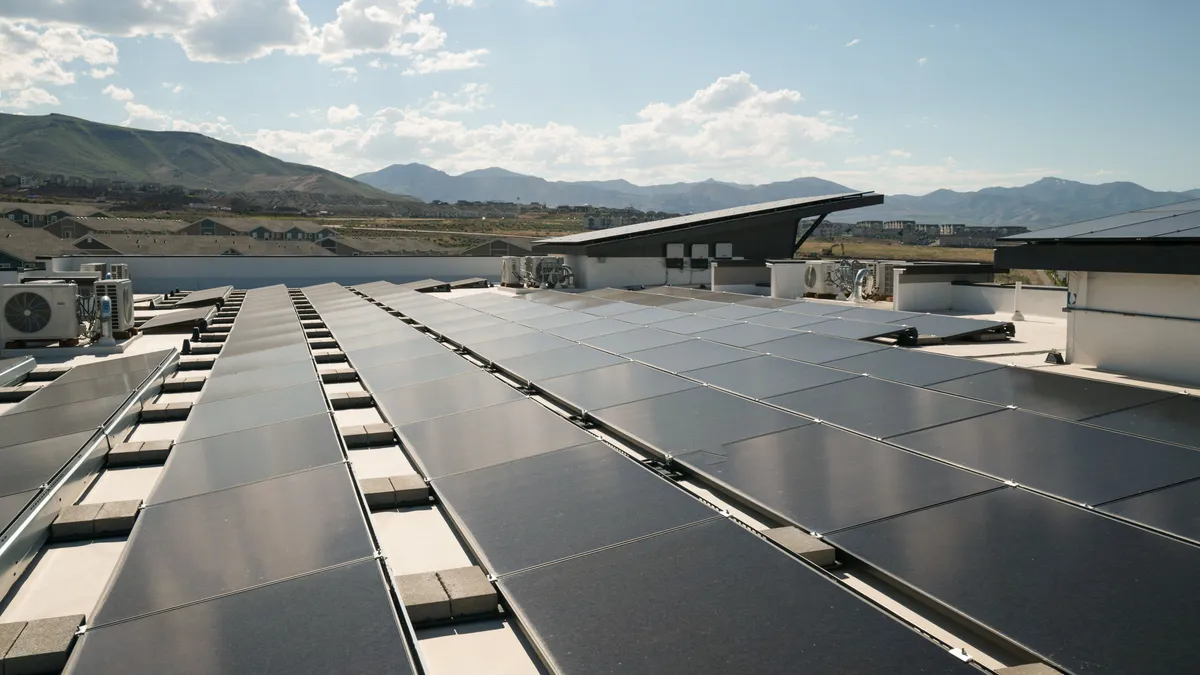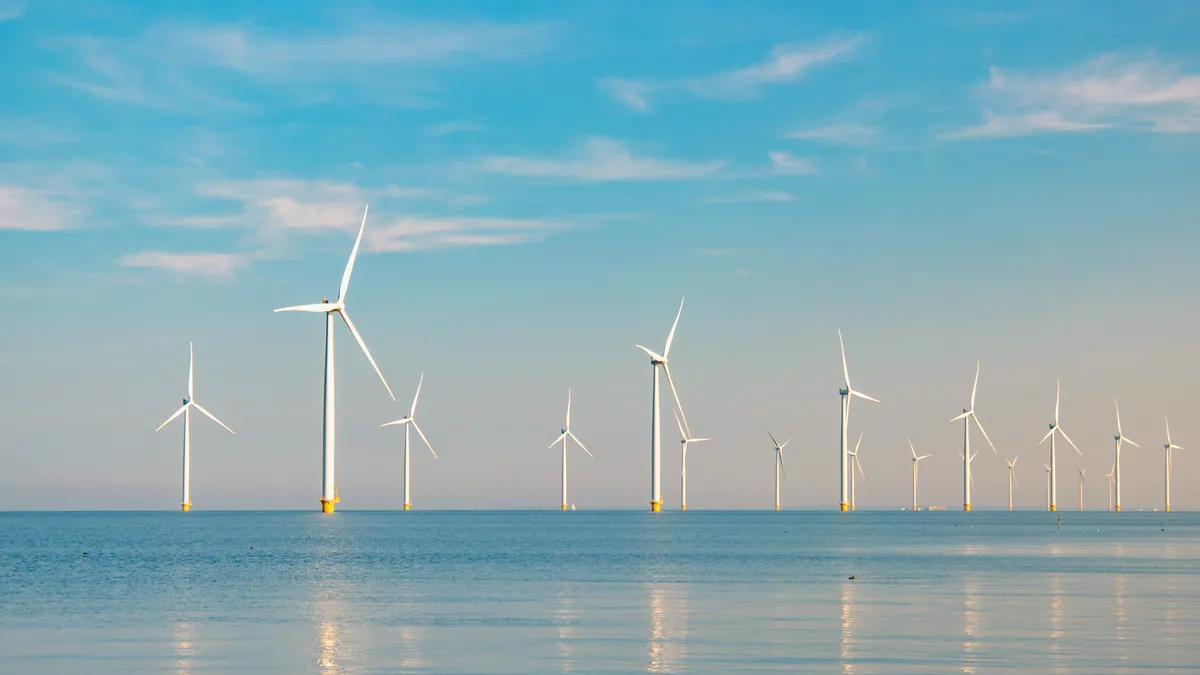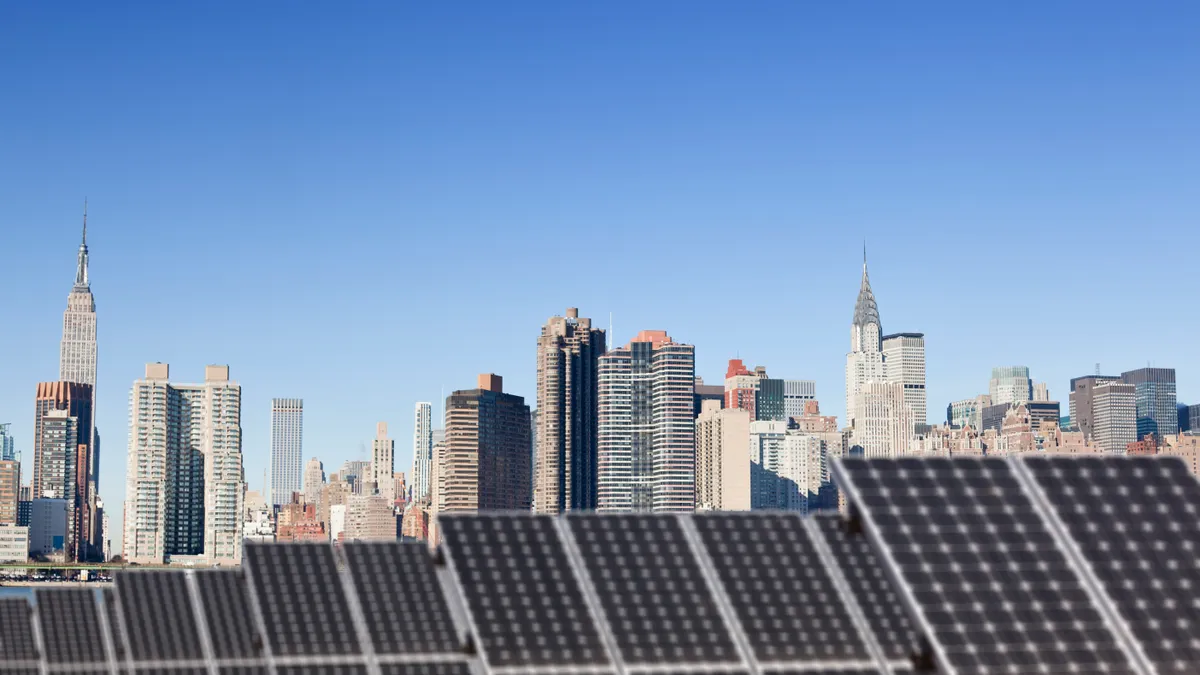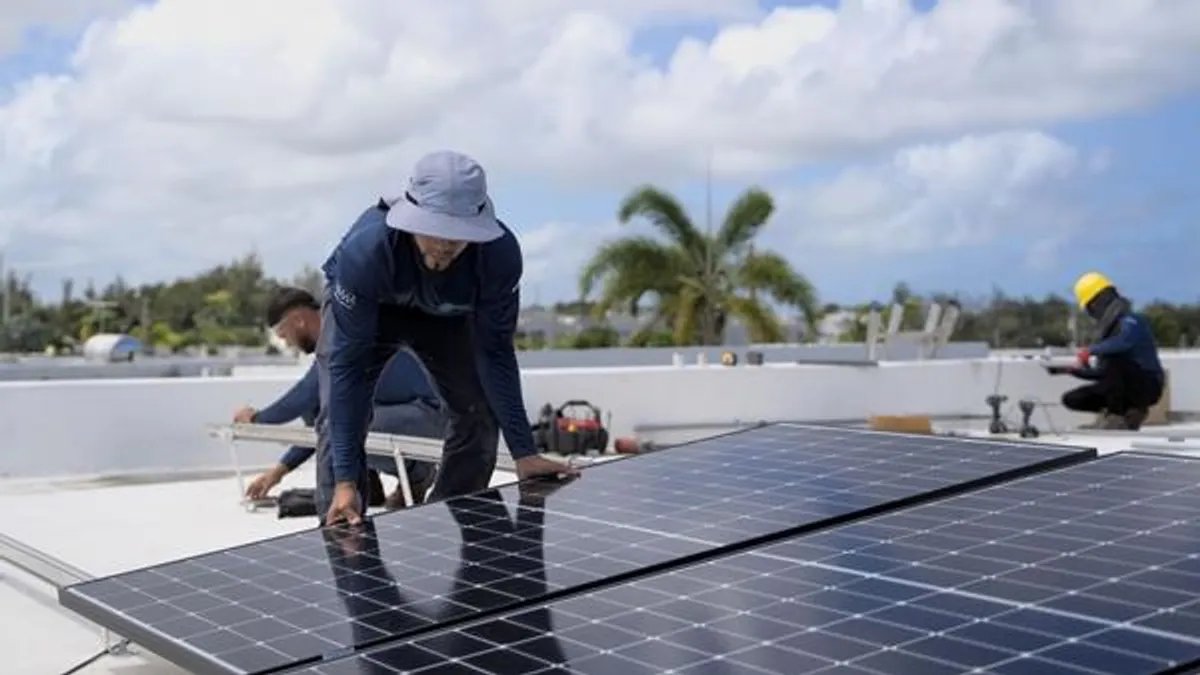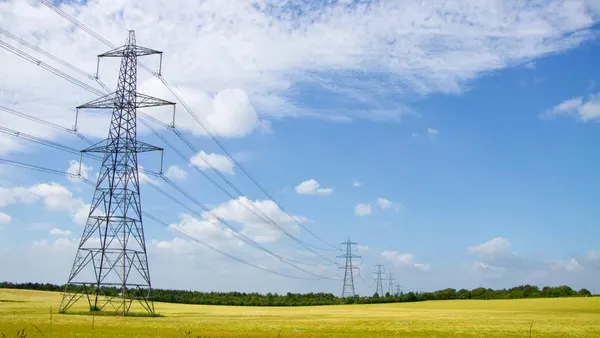California’s rooftop solar industry saw sweeping job losses last year, following a controversial regulatory decision reducing the compensation customers receive for energy that they export back to the grid from their solar panels.
State solar and storage companies have, or planned to, cut down on 17,000 jobs by the end of 2023, thanks to the state’s new net energy metering framework — dubbed NEM 3.0 — a survey in late November by the California Solar and Storage Association found. This represents 22% of all solar jobs in the state, and more than half of the contractors surveyed anticipate further layoffs down the line.
The impacts of the California Public Utilities Commission decision have been “devastating, far-reaching, and they will be long-lasting at this point. We haven’t hit bottom, I’m afraid,” Bernadette Del Chiaro, CALSSA’s executive director, said.
The distributed solar industry in California and across the country is also facing broader economic challenges, experts say: high interest rates, inflation and concerns about a potential recession. At the same time, there are some positive factors for the industry — in particular, the fact that retail electricity rates continue to be high in parts of the country, incentivizing customers to install rooftop solar.
“There’s still so much potential with residential solar — I think some of the talk recently has been like this is the end of residential solar, and that is not the case at all,” said Zoë Gaston, principal analyst with Wood Mackenzie.
Wood Mackenzie expects 15% growth in installed capacity for the national residential solar market in 2025, as the industry recovers slightly from California’s transition to a new framework, and interest rates potentially decline.
“In the longer term, we expect 8% average annual growth between 2026 and 2028 [nationally], and I think the [Inflation Reduction Act] will continue to fuel growth, especially in emerging markets,” Gaston said.
An ‘unfolding downturn’ in California
California’s NEM 3.0 net billing tariff was approved by state regulators at the end of 2022, and came into effect for distributed solar interconnection applications submitted on or after April 15. Regulators intended the new framework to encourage customers to pair battery storage with their solar systems, allowing them to store energy and export it back to the grid during times when it is valued more highly.
The solar industry, however, says it caused an uncertain future for business. Some 70% of residential solar and storage contractors expressed concern about their business outlook in CALSSA’s survey, and nearly 43% — around 300 companies — said it would be difficult to stay in business over the winter. In total, the survey found rooftop solar sales were down between 66% and 83% compared to the same time in 2022.
At the end of December, a panel of judges at California’s First Appellate District Court dismissed a challenge to NEM 3.0 filed by the Environmental Working Group, Center for Biological Diversity and Protect Our Communities Foundation.
The market will likely continue to see layoffs and other negative effects, according to Del Chiaro. In general, the distributed solar residential market is the quickest to respond to any kind of change while the commercial market for distributed solar — around 30% of the total market — will be slower, she said.
“So we’re going to see the impacts on the commercial market more in Q2 of 2024 … this is an unfolding downturn and crisis in the California solar industry as opposed to a flash in the pan,” she said.
Job losses in the industry will continue over the next few months, Carlos Beccar, marketing director of the Fresno-based solar company Energy Concepts Enterprises, said during a recent webinar. Many companies retained a good number of employees over the last three to five months because of the onslaught of requests for rooftop solar systems they got prior to the decision deadline, he said.
But now, “we’re coming to the end of that backlog of installations. So the job loss… is going to get worse now,” he said.
Wood Mackenzie anticipates a 41% contraction in megawatts of distributed solar installed in California in 2024 — 1,375 MW of installed capacity, down from 2,315 MW expected by the end 2023, Gaston said.
NEM 3.0’s import rates were designed to incentivize electrification, as well as solar systems paired with storage, according to regulators. Gaston agreed — under NEM 3.0, the payback period for a solar system is eight to 10 years on average, depending on the utility, but drops to seven to eight years with a storage system attached, according to Wood Mackenzie’s analysis. That doesn’t reflect significantly in attachment rate numbers so far, “but right now, we’re still seeing installations from sales made under NEM 2.0 — so I think definitely starting in 2024, we’ll start to see that [attachment rate] jump up a bit more,” she said.
At the same time, high electricity retail rates that customers pay could offset some of the economic headwinds the state’s rooftop solar industry is experiencing, said Marlene Motyka, Deloitte's U.S. renewable energy leader. Customers might also start looking at different ways to access distributed solar power. One example is third-party owned residential solar systems, where the homeowner contracts with a different party — like a solar developer or installer — who actually owns the solar systems, and then the homeowner pays a fixed rate for energy pulled from the system, like “your own little personal power purchase agreement with them,” Motyka said.
Nationally, a 12% contraction in 2024
On the national level as well, the distributed solar industry is facing challenging economic headwinds, like high interest rates.
“Most recently when we updated our forecasts [in November], we did bring our expectations down for other states for 2024. In past quarters, we did expect states other than California to thrive in 2024 [and] start to see more of the benefits from the IRA,” she said. “But because of these challenges with high interest rates, we’re expecting them to outweigh some of the benefits of the IRA in the near term.”
For the first three quarters of 2023, the distributed solar industry recorded annual installation growth of 24% at the national level. While a lot of this was driven by the rush to get applications in under California’s NEM 2.0 framework, states in the Northeast and Illinois have experienced large electricity retail rate increases, which is driving growth in the distributed solar industry as well, she said.
However, there is a lag between sales and installations, and some states — like Texas, Florida and Arizona — saw declines in installed capacity in the third quarter, she added.
“We are expecting a 12% national contraction in 2024. Of course, California is the main driver of that contraction, but if you look at all states besides California, we’re expecting 4% growth,” — much lower than the 12% growth that all states other than California experienced in 2023, and the 39% in 2022, she noted.
In the longer term, however, experts say there is still a lot of potential for the distributed solar market, driven in part — like California — by high electricity retail rates across the country.
“When we talk about rooftop residential solar, there have been some really big increases in some… less mature markets from a residential perspective, because they have higher retail rates,” Deloitte's Motyka said.
States like Rhode Island, New Hampshire, Connecticut and Illinois saw estimated increases in solar deployment capacity year over year in 2023 that ranged between 35% and 40%, she said.
“[S]o I think we’ll continue to see more broadly this growth in distributed residential solar,” she said.



